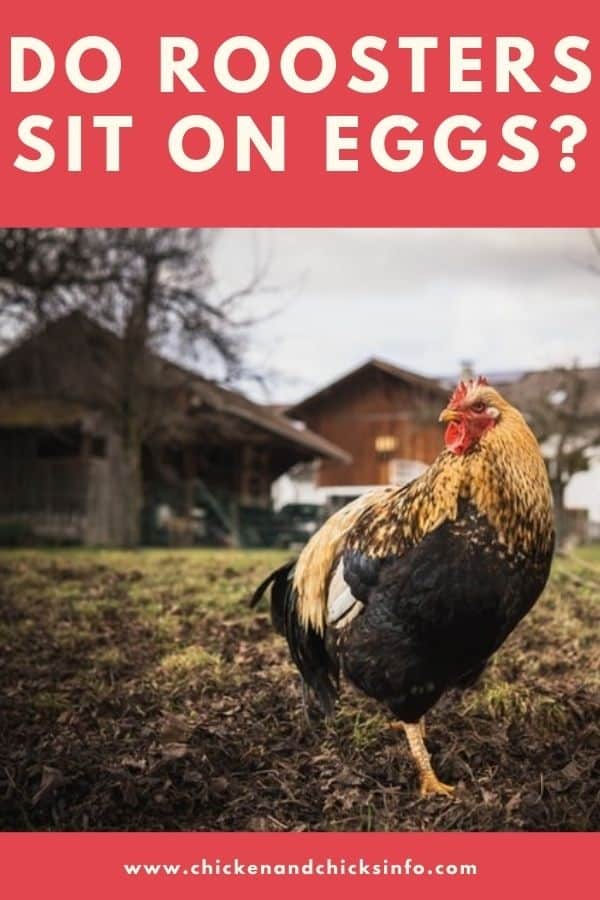Have you ever wondered about the intricate process behind how roosters fertilize eggs? The world of poultry is full of fascinating biological processes that often go unnoticed. Understanding these processes can give us a deeper appreciation for nature's wonders and the role each creature plays in the grand scheme of things. Let's dive into this intriguing topic and uncover the secrets of egg fertilization by roosters.
Roosters play an essential role in the reproduction of chickens, contributing to the creation of new life through the fertilization of eggs. While hens are capable of laying eggs without the presence of a rooster, only fertilized eggs have the potential to hatch into chicks. This article will explore the mechanisms behind this natural phenomenon and shed light on some common misconceptions surrounding roosters and their role in egg production.
The Role of Roosters in Egg Production
Contrary to popular belief, roosters are not necessary for hens to lay eggs. Hens naturally produce one egg approximately every 24 hours regardless of the presence of a rooster. However, if your goal is to hatch chicks, then a rooster becomes crucial as he is responsible for fertilizing the eggs. Without his contribution, the eggs laid by hens would remain infertile and incapable of developing into baby chicks.
Hens possess ovaries containing thousands of tiny ova (egg cells) waiting to mature. Once an ovum matures, it travels down the oviduct where albumen, membranes, and finally the shell form around it over several days. If mating with a rooster occurs before or during this journey, sperm may be stored within the hen's reproductive tract, increasing the likelihood of fertilization upon release of subsequent ova.
This storage capability allows hens to produce multiple fertilized eggs after just one encounter with a rooster, sometimes lasting up to four weeks depending on factors like breed and health conditions. Thus, regular interaction between roosters and hens ensures consistent production of fertile eggs suitable for hatching purposes.
Understanding Chicken Egg Development
To comprehend how chickens make eggs, we must first understand the anatomy involved in egg formation. The process begins when an ovum leaves the ovary and enters the magnum section of the oviduct, where protein-rich albumen surrounds it. As it moves further along, layers of inner and outer shell membranes encase the developing egg.
Finally, calcium carbonate forms the hard protective shell while pigments add coloration specific to each chicken breed. Interestingly, the entire cycle from ovulation to completed egg takes roughly 25-26 hours under normal circumstances. During this time, if sperm from a rooster is present inside the hen’s oviduct, fertilization can occur almost instantly once the ovum is released.
It's important to note that not all eggs laid by hens are destined to become chicks. Only those successfully fertilized carry the genetic material needed for embryonic development. Therefore, maintaining healthy flocks with balanced ratios of roosters and hens supports optimal fertility rates among produced eggs.
Clarifying Misconceptions About Roosters and Eggs
A common misconception exists regarding whether roosters lay eggs themselves—a notion quickly debunked since male chickens lack the physiological structures required for such tasks. Instead, their primary function revolves around providing genetic material necessary for creating future generations via fertilization.
Another frequently asked question concerns how often roosters need to mate with hens to ensure successful fertilization. Research indicates that a single mating session can provide enough sperm reserves within the female to last anywhere from ten days to four weeks based on individual breeds' characteristics. Consequently, frequent interactions aren't always mandatory unless aiming for continuous high fertility levels throughout extended periods.
Additionally, having a rooster in the flock offers benefits beyond mere fertilization services. They serve as protectors against predators, establish social hierarchies, and generally enhance overall flock dynamics. Despite potential drawbacks like noise or aggression issues, many find the advantages outweigh disadvantages when managed properly.
Unveiling the Mysteries of Fertilization
Fascinating aspects surround the actual mechanics of how roosters fertilize eggs. Known scientifically as cloacal kiss, the brief yet effective coupling involves both birds pressing their cloacae together allowing transfer of semen directly into the hen's reproductive system. This method minimizes contamination risks ensuring greater chances of successful fertilizations.
Furthermore, understanding timing plays a critical role in achieving desired results. For instance, newly acquired hens might require acclimation periods before accepting advances from resident roosters leading to lower initial success rates. Patience and observation help determine optimal breeding windows enhancing productivity across flocks.
Educating oneself about these natural processes empowers enthusiasts to better manage backyard coops maximizing outputs whether focusing solely on egg collection or expanding broods through hatching efforts. Armed with knowledge, caretakers foster healthier environments promoting thriving communities amongst domesticated poultry populations worldwide.
Identifying Fertilized Eggs
Determining whether chicken eggs are fertilized without cracking them open requires careful examination using techniques like candling. Candling involves shining a bright light source through the eggshell revealing internal structures indicative of early-stage embryo development typically visible after seven days incubation.
Alternatively, observing behavioral patterns exhibited by hens post-mating could hint towards increased probabilities of producing fertile clutches. Signs include heightened nesting instincts demonstrated by broody tendencies signaling readiness to sit tight protecting precious cargo until hatching day arrives.
In conclusion, learning about how roosters fertilize eggs unveils captivating insights into avian biology underscoring importance of proper husbandry practices fostering sustainable agricultural systems reliant upon efficient reproduction cycles driven by nature itself. By respecting inherent capabilities displayed by our feathered companions, we honor connections linking past traditions with modern advancements shaping tomorrow's food security landscape globally.

